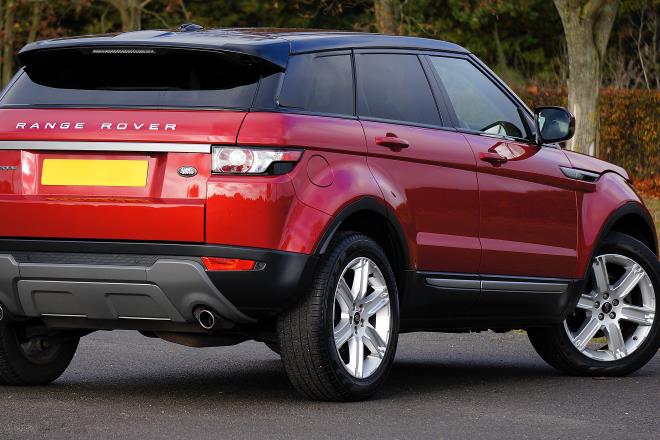Pioneering the Skies: The Intersection of Automotive and Aviation Engineering
What happens when the lines between automotive and aviation engineering blur? This article aims to explore this intriguing intersection, and the innovative vehicles it has given birth to, igniting imaginations and raising questions about the future of transportation.

From Horsepower to Airspeed
The first automobile was manufactured in 1886, and just 17 years later, the Wright Brothers took their inaugural flight. Since then, both the automotive and aviation industries have evolved dramatically. Initially, the two seemed to follow separate, albeit parallel, paths. However, they’ve increasingly converged over the years, with engineers drawing inspiration from one realm to augment the other.
Sky-High Inspiration
The automotive industry has long looked skyward for inspiration. Engineers have translated aerodynamics principles from aircraft design to create sleeker, more fuel-efficient cars. For example, the teardrop shape of modern cars, which minimizes air resistance, is borrowed from airplane design. Conversely, the aviation industry has drawn from automotive engineering too. Many small aircraft feature car-like interiors, and some even use automotive engines for propulsion.
The Advent of Flying Cars
While flying cars might sound like a science fiction concept, they’re closer to reality than you might think. Several companies have unveiled prototypes, and some are even available for pre-order. These hybrid vehicles, often called “roadable aircraft,” can operate as both regular cars and small planes.
The impact of these vehicles could be enormous. They might alleviate traffic congestion, reduce travel times, and provide new mobility options for people in remote areas. However, they also pose unique challenges. The regulatory landscape for flying cars is complex and still developing. They also demand significant advances in technology and infrastructure.
Building Bridges Between Industries
The convergence of automotive and aviation engineering could lead to profound changes in both industries. More collaboration between the two fields could speed up technological advancements, fostering innovation and driving competition. It could also open up new career opportunities for engineers and other professionals.
Looking to the Future
As we look to the future, it’s clear that the intersection of automotive and aviation engineering will continue to blur boundaries and redefine possibilities. Whether we’re zooming down highways or soaring through the skies, the vehicles of tomorrow promise to be more exciting, efficient, and versatile than ever before.
In conclusion, the convergence of automotive and aviation engineering is an exciting development that’s already transforming our transportation landscape. While the path to flying cars and other hybrid vehicles is fraught with challenges, the potential benefits are too significant to ignore. As engineers continue to push the limits of what’s possible, we can look forward to a future where our cars might just sprout wings.






